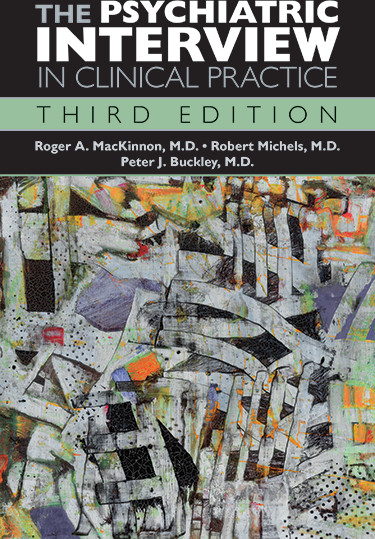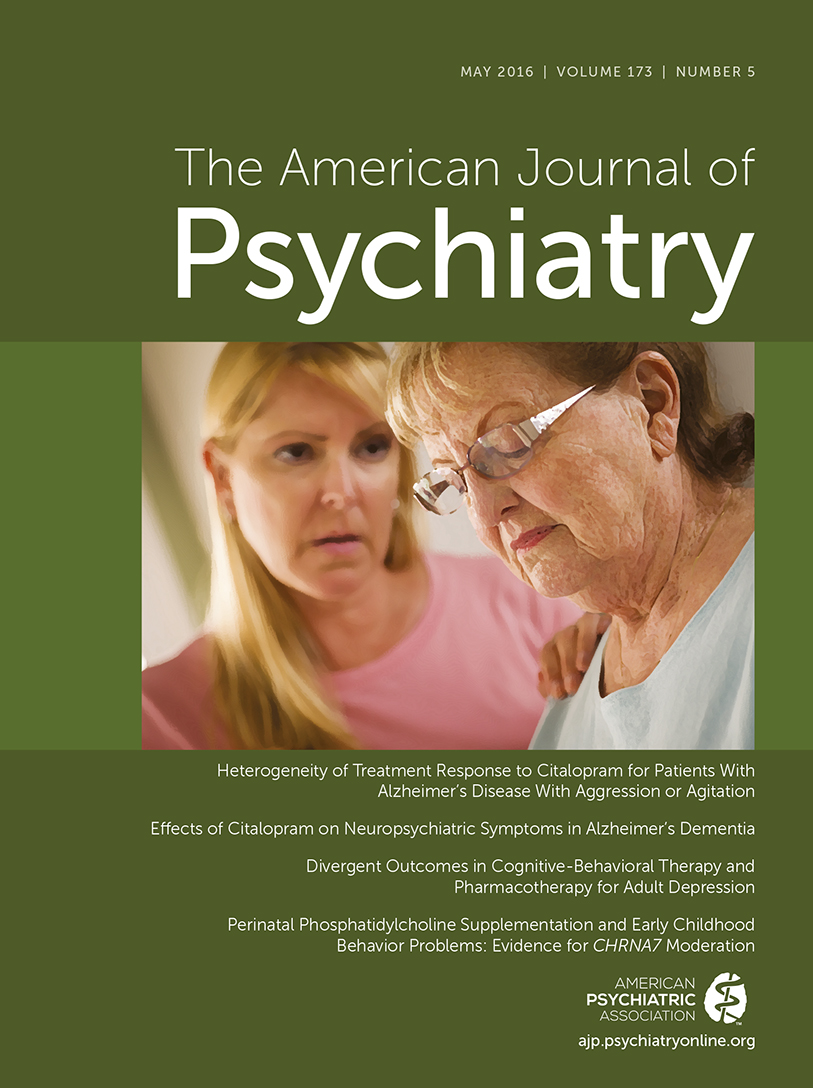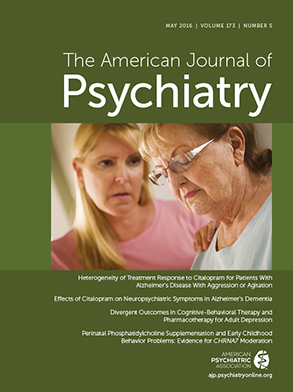Interviewing is one of every physician’s skills, but for psychiatrists the clinical interview is for all intents the only tool of diagnosis. Field trials of DSM-5, like many of its predecessors, relied on the clinical interview as the sole test of reliability. The American Board of Psychiatry and Neurology historically relied on the clinical interview as the sole clinical test of competency. The Psychiatric Interview in Clinical Practice has a similar longevity, with a new edition 44 years after the publication of the first.
My first impression was that younger psychiatrists should be reading it, but then I asked myself if I were prescribing for others to recuse myself from engaging with the book. From the introductory chapter forward, it is a rich source of time-tested wisdom: “As long as the patient views the clinician as a potential source of help, he will communicate more or less freely any material that he feels may be pertinent to his difficulty. Therefore, it is frequently possible to obtain a considerable amount of information about the patient and his suffering merely by listening” (p. 5). On the next page is the other face of the psychodynamic conflict: “To the extent that the patient defends himself from awareness of these conflicts, he will also conceal them from the interviewer” (p. 6). Younger psychiatrists can benefit from awareness of both faces of the conflict within the patient, but a new generation of psychiatrists will come to appreciate this concept and this book in their own way.
I therefore turned my reading to what stimulated my own thoughts. My own orientation being one of slightly impatient behavioralism, I appreciated the more intrapsychic approach of the authors. In the later phase of the initial interview, I often ask patients what they want to happen in the next 1–5 years. The authors instead ask patients to formulate for themselves what sort of person they are, and then later the psychiatrist provides a formulation to indicate what might be the focus of treatment. Both the behavioral and the intrapsychic approaches have merit, but after reading I wondered if I have been too facile with the behavioral approach.
A deeper question comes in a very short section toward the end of the chapter. The authors’ psychodynamic orientation is not disguised in the book, but the reader is neither directed nor assumed to be a student of psychodynamic theory. Instead, the authors propose: “The interviewer may function effectively without having a conceptualized understanding of resistance, transference, countertransference, and so forth. Furthermore, intellectual mastery of these concepts does not itself produce clinical proficiency. However, an organized framework is necessary for the systematic study and conceptualization of the factors that contribute to the success or failure of an interview” (p. 75). From physics to epidemiology, it is well known to scientists that pure empiricism is a myth. An aphorism attributed to Einstein is: “Theory determines what we observe.” The heralded discovery of gravity waves could not have occurred without the theory of general relativity. Could the experience with patients evident in this book been gained without a theory to organize it?
Psychodynamic formulation has been a framework for observation of patients for more than a century. The theory has evolved in that period, and its relevance has often been debated. The authors have challenged readers to find their own framework, if they are not happy with psychodynamics. One can think of a formulation as a framework for an individual patient, to plot the trajectory of a treatment, but one could also think of a formulation for the psychiatrist’s entire clinical experience, so that an understanding achieved with one patient can be applied to another. I suspect the authors mean both these senses.
For example, in the chapter on the obsessive-compulsive patient, after an extensive formulation of the conflict in psychodynamic terms, the chapter takes up the clinician’s countertransference. Resentment that the patient interrupts, does not listen, demands repetition, and so forth can lead to premature attempts to interpret and thus to stop the annoying obsessive-compulsive behavior. The authors point out the sadistic nature of the patient’s symptoms. I wondered, without success I admit, what alternative frameworks exist that would help one work with obsessive-compulsive patients and, specifically, to understand one’s own reaction to them.
For the clinician whose initial position is to listen to the patient, safety issues, such as suicide, violence toward others, child abuse, and substance abuse, might seem to be problematic. The authors advocate the appropriate direct questions but also continue to hold the value of encouraging patients to tell their stories. The potentially violent patient who stands up to leave the interview is told to “wait a minute,” and the clinician engages the patient wherever he or she stops, even on the sidewalk outside. “Rapport can best be established by exploring the patient’s great haste to get away” (p. 549). The book thus concludes with some very practical advice, without sacrificing its overall stance on the doctor-patient relationship in the psychiatric interview. I appreciated the reminder that the psychiatrist can do more than just prompt the patient to check the boxes.
I do hope that a new generation discovers this book, but after not quite 44 years of my own practice, I found much to value and to learn as well.


